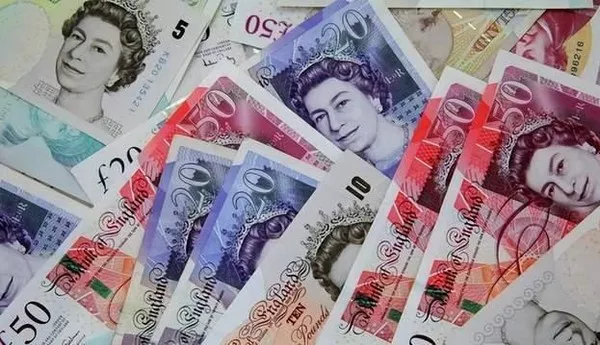Currency symbols play a crucial role in the global financial landscape, representing the identity and value of various monetary units. Two prominent symbols in the international currency market are £ for British Pounds and € for Euros. In this article, we will delve into the historical origins, design, and significance of these symbols, shedding light on the rich heritage that they carry.
The British Pound (£):
The symbol for the British Pound, £, is a distinctive character deeply rooted in history. Its origins can be traced back to the Latin term “libra,” which means a unit of weight. The pound sign evolved from the letter “L” with a horizontal stroke through it, representing the Libra scale. Over time, this symbol transformed into the familiar £ we recognize today.
The design of the pound symbol is straightforward yet carries a historical legacy. The vertical line through the letter “L” symbolizes a measurement on the Libra scale, emphasizing the weight of precious metals like silver and gold, which were historically used as currency. This symbolism reflects the Pound’s historical ties to the commodity-backed monetary system.
The British Pound has been a symbol of stability and strength for centuries, often referred to as “pound sterling.” The term “sterling” itself has ancient origins, originating from the Old Norman French word “esterlin,” meaning little star. The Pound Sterling’s resilience and endurance have made it one of the oldest continuously used currencies globally.
The Euro (€):
In contrast to the British Pound, the Euro’s symbol is a more modern creation. The Euro became the official currency of the Eurozone on January 1, 2002, replacing multiple national currencies. The symbol € was designed by Belgian graphic designer Alain Billiet and selected through a design competition organized by the European Commission.
The Euro symbol is a stylized letter “E,” representing the first letter of the word “Euro” in most European languages. It also serves as a visual depiction of the stability and unity envisioned by the European Union. The two horizontal lines across the “E” symbolize stability, while the overall design conveys a sense of harmony and balance among the member nations.
The Euro symbol’s creation was part of a broader effort to establish a cohesive identity for the newly introduced currency. It was crucial for the Euro to have a symbol that could resonate with people across diverse linguistic and cultural backgrounds within the Eurozone.
Comparative Analysis:
While the Pound and Euro symbols share the commonality of representing national currencies, their designs and historical backgrounds reveal stark differences. The Pound symbol, with its roots in ancient measurements and precious metals, reflects the historical importance of commodity-backed currencies. On the other hand, the Euro symbol embodies a forward-looking vision of unity, stability, and cooperation among European nations.
The Pound’s historical significance is embedded in its association with the British Empire, a global economic powerhouse for several centuries. The adoption of the pound sterling as a reserve currency by many countries further solidified its position in the international financial system.
In contrast, the Euro is a relatively young currency, born out of the desire to foster economic integration and collaboration among European nations. The Euro symbolizes the collective strength of its member states and their commitment to shared prosperity, transcending historical rivalries and conflicts.
Global Impact:
Both the Pound and Euro symbols have a significant impact on the global financial landscape. The Pound’s influence is felt in international trade, finance, and investment, with London being a major global financial center. The Euro, as the second most traded currency in the world, plays a crucial role in international transactions and serves as a reserve currency for central banks worldwide.
As symbols of stable and widely accepted currencies, £ and € are integral to the functioning of the global economy. Investors, businesses, and governments closely monitor fluctuations in the exchange rates between these currencies, making informed decisions based on economic indicators and market trends.
SEE ALSO What is GBP money? A Comprehensive Overview
Conclusion:
In conclusion, the symbols £ and € represent more than just monetary units; they encapsulate the rich history, economic strength, and collective aspirations of nations. The Pound’s traditional character reflects the legacy of the British Empire and its enduring influence on the global financial system. In contrast, the Euro symbolizes a vision of unity and cooperation, signaling a new era in European economic integration.
Understanding the significance of these symbols goes beyond their visual representation on banknotes and financial statements. It offers a glimpse into the cultural, historical, and economic narratives that shape the identity of nations and their currencies. As we navigate the complexities of the international financial landscape, the £ and € symbols continue to be powerful icons, bridging the past and the future of global commerce.


